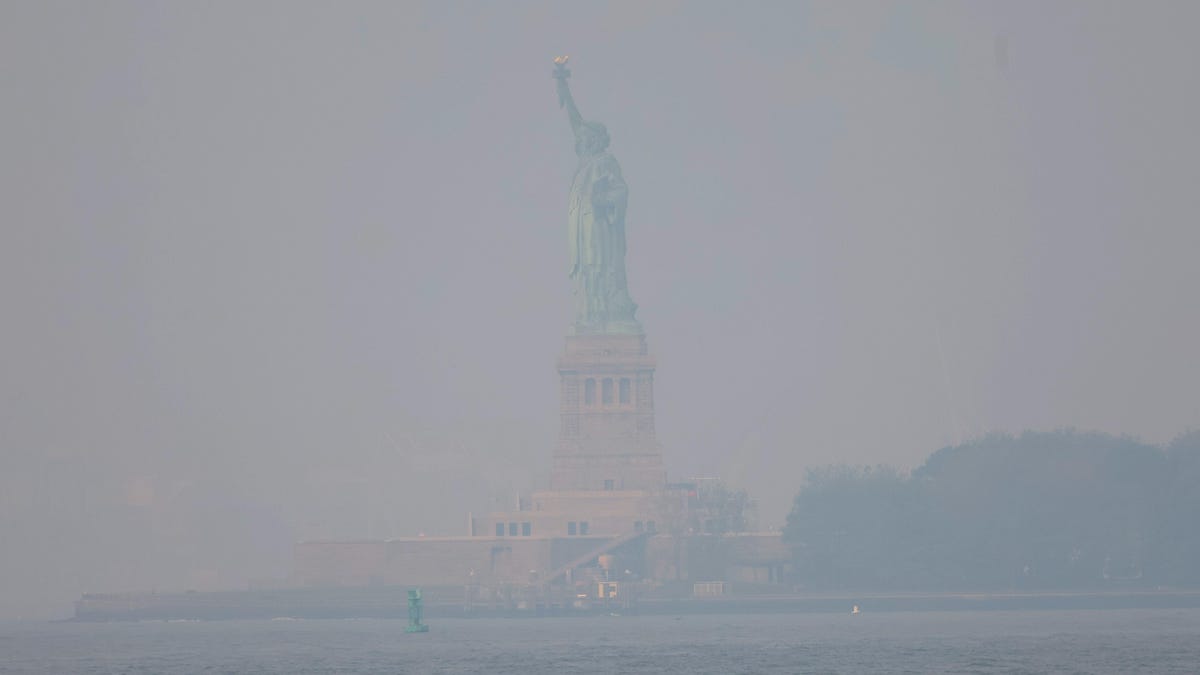
For Minnesota, and other Midwest states, wildfire pollution is forecast to return Tuesday through at least Thursday morning, according to NWS Twin Cities.
Advertisement
In both these instances, the smoke has hovered relatively high up in the atmosphere, causing minimal air quality impacts lower down. But a shift in pressure or a cold front that brings in more air from the north or northwest could change that at any moment, according to Spectrum News meteorologist Greg Pollak. That remains true for as long as Canada remains ablaze.
This year’s U.S. fire season looms too. Above normal significant fire risk is forecast for parts of the Pacific Northwest, Great Lakes, and Northeast regions, according to the National Interagency Fire Center’s most recent outlook, released Tuesday. If large fires do break out in the U.S. too, some of that smoke is liable to pollute Canadian skies, in turn. This is all to say that, as always, climate change and air pollution are not problems that can be contained and addressed within national borders.
Advertisement
“This is a crisis for both our countries,” Senator Chuck Schumer tweeted on Sunday evening. In his post, Schumer urged U.S. Agriculture Secretary Tom Vilsack to increase the number of wildland firefighters deployed to Canada in order to minimize “a summer of smoke.”
But even with extra support, the fires are likely to keep burning for now and the smoke will keep coming. To protect your health, enjoy the clear days when you can, and follow the advice of health experts on the not-so-clear days. When the AQI exceeds 150, it’s especially important to minimize your time outside, keep windows closed, wear a high-quality mask if you must go outdoors, and stay hydrated. It’s an endurance challenge, not a sprint. Smoky skies are set to be a recurring part of our new climate normal. The summer is just getting started, and this summer is only the beginning.
Services Marketplace – Listings, Bookings & Reviews